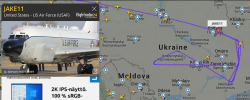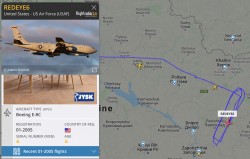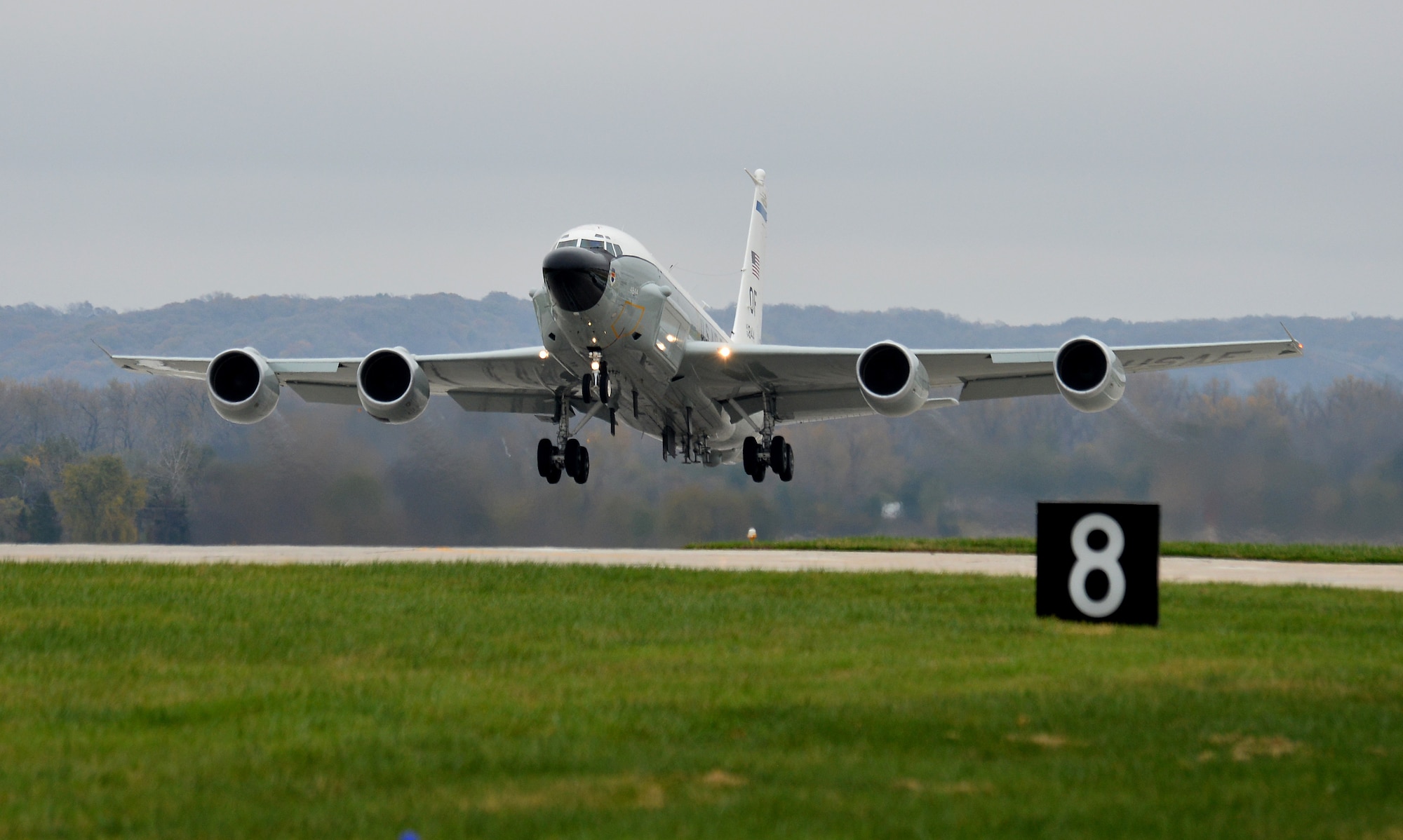An F-22 Raptor was spotted taking off from the Nellis Air Force Base in Nevada on the morning of November 19. What intrigued the viewers was the drastically different look that this stealth fighter had.
Aviation photographer Santos Caceres
shared some images of the aircraft on Instagram. The aircraft can be seen covered in a reflective coating, similar to that on tiles.
The photographs clicked by Caceres show that this shiny coating is in no way interfering with the aircraft’s various key access points, sensors, antennas or other important systems, The War Zone
noted.
One can speculate that the Raptor has been covered with such a reflective coating on top of its normal skin for some testing purposes. Even though such a coating has not been observed on an F-22 Raptor before, this is not the first aircraft to wear such a look.
In June 2020, The War Zone had
reported that one of Scaled Composites Model 401 ‘Son Of Ares’ demonstrators had conducted a series of test flights at Naval Air Weapons Center China Lake and they were covered in a highly-reflective metallic coating.
The coating was quite similar to the one seen on the F-22 Raptors at present. At that time, it was speculated that this was done for testing the capabilities of advanced infrared sensors and a low-power laser system for detecting a target with a mirror-like appearance.
In recent times, there has been an increased amount of testing being done on infrared search and track systems (IRSTs) which are currently in process of being fielded by the Air Force and the Navy.
Owing to its commendable performance such as its ability to fly up to a height of 60,000 feet with regularity, the F-22 Raptor is a great testing platform for these systems.
At an altitude as high as this, the cold and thin air, the dark and cold background, as well as the angle at which most of such sensors view their target, make for a great trial ground for such types of sensor systems.
It is also interesting to note that an aircraft such as the F-22 Raptor, which was designed in a way to not directly reflect electromagnetic energy from radars, is being used for testing a skin coating, that does the exact opposite.










